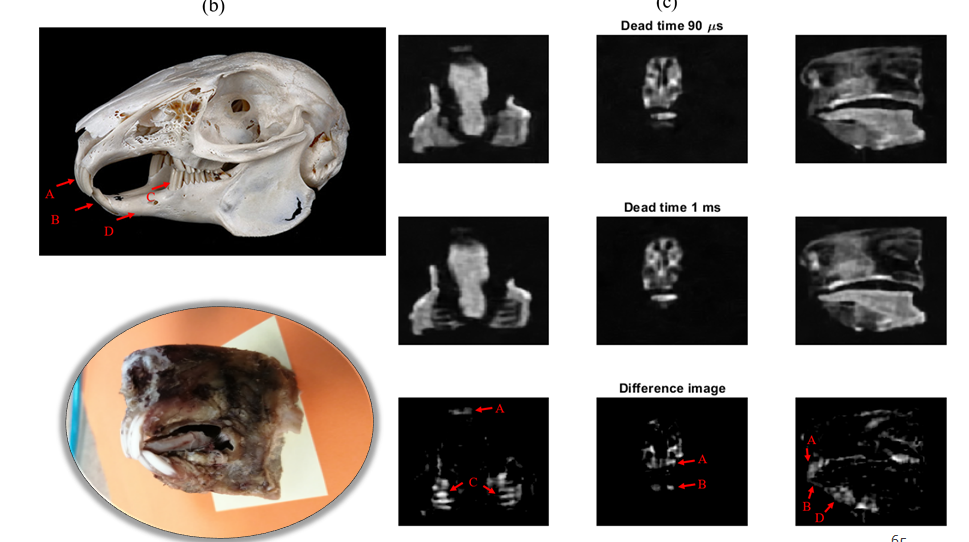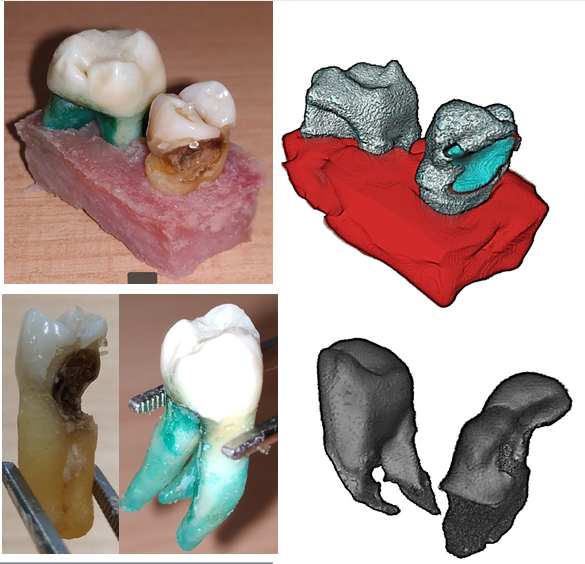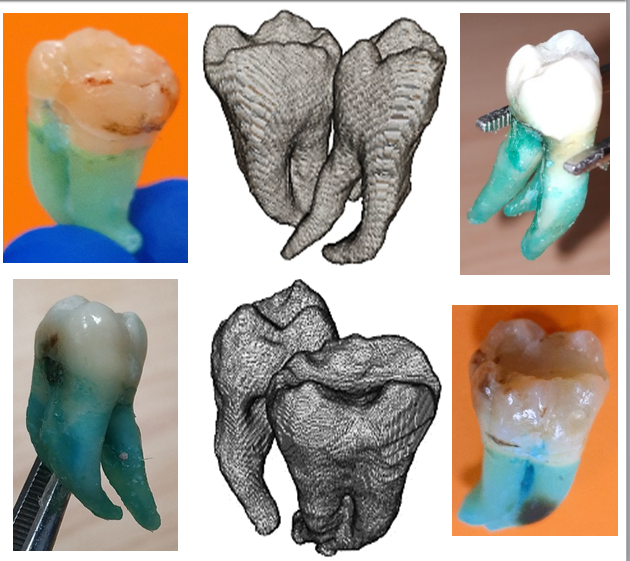SOLUTION
The problem
All dental clinics use X-rays. But X-rays are an ionising radiation: this limits the number of images and requires special installations and control. Also, X-rays do not image soft tissue.
Problems with current X-ray based technology include:
-
Growing appreciation in the scientific community that increased dental X-ray use, especially in kids, increases the likelihood of cancer.
-
Significant overhead incurred by dental professionals in conforming to government regulations concerning ionising radiation.
-
Inadequate diagnostic information provided by dental X-rays about soft tissues (e.g., root structures).
-
Inadequate anatomic information provided by dental X-rays about the soft tissues of mouth and jaw, crucial in implant procedures.

Our solution
The superiority of conventional MRI in many aspects over X-ray has been obvious since its birth. However, a few barriers have prevented dentists from using MR devices:

- MRI produces spectacular images of soft tissues. However, high mineral content in teeth (hard tissues) hinders the MR imaging of enamel, dentin and the soft tissues inside the teeth.
- Patients experience unpleasant peripheral nerve stimulation during MRI procedures.
- Fillings, restorations and orthodontic metals that happen to be present in the mouth can produce magnetic distortions, contributing to a worsening of the quality of the image.
- The large size of conventional MRI systems is too big for use in the typical dental clinic and inconvenient for both dentist and patients.
- The cost of conventional MRI systems is prohibitive, unaffordable for the budgets of most dental clinics.
Our device overcomes all these barriers through a combination of solutions at the core of which is a patented ultra-fast MRI technology. Our system is radiation-free, with no need for special installation; and the number of images is only determined by diagnostic criteria. Image quality is better, capturing soft and hard tissue. Dental clinics are excited about the prospect of having such a compact, affordable MRI device, which would have the following implications for them:
- Dentists will be able to image their patients as many times as they wish – for example before root canal treatment as a diagnostic and planning, several times during the treatment to check progress, and after the procedure to assess its results.
- Safe for use with kids.
- No special installations or government supervision is required. This saves money and time, freeing up resources and shortening workflow.
- Because of its price, compact size, mobility and, again, its radiation-free nature, the device is optimal for mobile dental care, a business model used by some dental clinics (for example to attend employees of large enterprises on their own premises).

